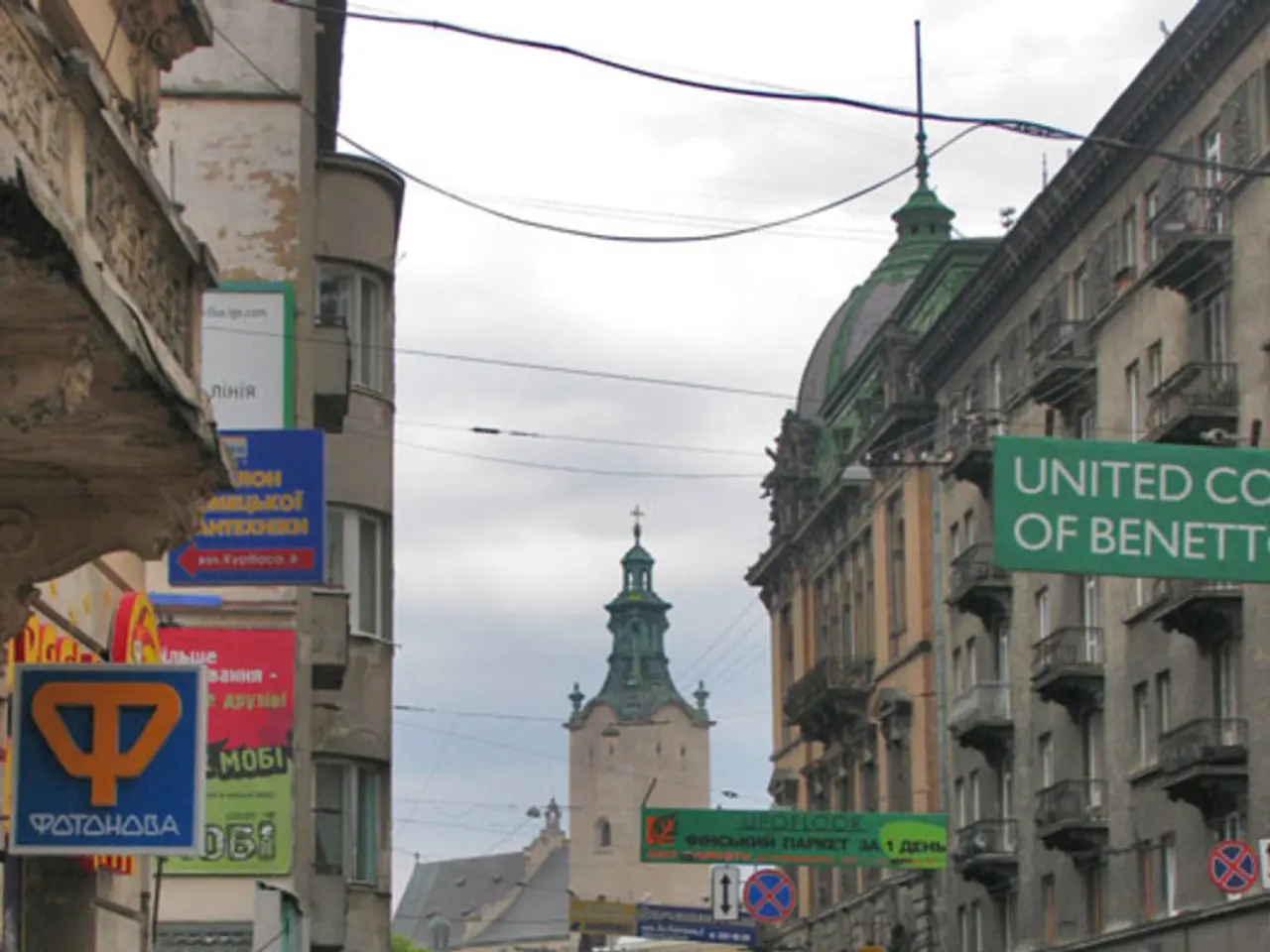Crossing Safety with Intelligent Cameras: Initial Outcomes Unveiled by the Ministry of Internal Affairs
In the heart of Kazakhstan, a new initiative aimed at enhancing road safety has been implemented. Automated complexes for fixing traffic violations at pedestrian crossings have been deployed in key cities such as Karaganda, Temirtau, Petropavlovsk, and in the Aktobe, Zhambyl, Turkestan, and Kyzylorda regions [1]. These systems, which capture drivers who do not yield to pedestrians [2], have been installed in areas with high pedestrian traffic, such as near schools, kindergartens, shopping centers, and busy intersections.
The systems, which consist of cameras installed at crossings, monitor violations of Article 600 of the Code of Administrative Offenses of the Republic of Kazakhstan, which pertains to failure to yield to a pedestrian [2]. Since the beginning of 2025, over 4,000 violations have been registered [3].
The MVD emphasises that the main achievement is the prevention of accidents, not the issuance of fines [4]. In line with this, no pedestrian-related accidents, including fatalities, have been recorded in the areas where these complexes are installed [5].
While direct evidence specific to Kazakhstan is limited, globally, AI-based traffic enforcement systems have demonstrated significant improvements in traffic rule adherence and reduction of violations, which is a proxy for improving safety. For instance, in Pune, India, an AI-based traffic violation detection system reduced violations such as illegal parking and wrong-side driving, believed to enhance road safety by fostering better compliance with traffic laws [6]. Similarly, in Bremerton, Washington, automated red light safety cameras reduced fatal red light running crashes by 21% and overall fatal crashes at signalized intersections by 14%, with half of the related fatalities involving pedestrians or other vulnerable road users [7].
Despite the absence of local data on the impact of these systems on pedestrian accidents in Kazakhstan, the country is also embracing automation in other sectors, including customs and logistics, to improve efficiency and safety [8].
In conclusion, while the specific effectiveness of AI-based traffic enforcement systems at pedestrian crossings in Kazakhstan remains undocumented, their global reputation as effective tools for reducing traffic violations and improving road safety—including pedestrian safety—is well-established. Further local studies or official traffic safety reports would be required to assess their impact in this context.
References:
[1] Polisia.kz. (n.d.). Автоматизированные комплексы для фиксации нарушений на пешеходных переходах в Казахстане. Retrieved from https://polisia.kz/news/2021/06/28/avtomatizirovannie-kompleksy-dlya-fiksa-cii-na-naru-sheniya-na-pedesh-hodnyh-peredhodah-v-kazahstane/
[2] MVD of the Republic of Kazakhstan. (n.d.). Нарушения, зафиксированные автоматизированными комплексами на пешеходных переходах. Retrieved from https://www.mvd.gov.kz/ru/news/view/18789/
[3] MVD of the Republic of Kazakhstan. (n.d.). Нарушения на пешеходных переходах в Казахстане. Retrieved from https://www.mvd.gov.kz/ru/news/view/18789/
[4] MVD of the Republic of Kazakhstan. (n.d.). Главное достижение - предотвращение ДТП, а не выдача штрафов. Retrieved from https://www.mvd.gov.kz/ru/news/view/18789/
[5] MVD of the Republic of Kazakhstan. (n.d.). В районах, где установлены автоматизированные комплексы, не зафиксировано ни одного ДТП с участием пешехода. Retrieved from https://www.mvd.gov.kz/ru/news/view/18789/
[6] The Hindu. (2021, August 17). AI-based traffic violation detection system in Pune reduces violations. Retrieved from https://www.thehindu.com/news/cities/Pune/ai-based-traffic-violation-detection-system-in-pune-reduces-violations/article36456160.ece
[7] Washington State Department of Transportation. (n.d.). Safety Camera Program. Retrieved from https://www.wsdot.wa.gov/Safety/RedLightCameras/
[8] Astana Times. (2021, January 25). Automation in Kazakhstan: A step towards improving customs and logistics. Retrieved from https://www.astanatimes.com/2021/01/automation-in-kazakhstan-a-step-towards-improving-customs-and-logistics/
The MVD in Kazakhstan has introduced smart-home-devices, such as traffic violation detection cameras, to boost road safety. These gadgets, utilizing technology, monitor violations of road rules, like failure to yield to pedestrians, and have registered over 4,000 offenses since their deployment in 2025.




